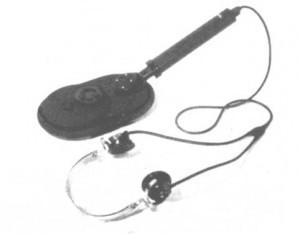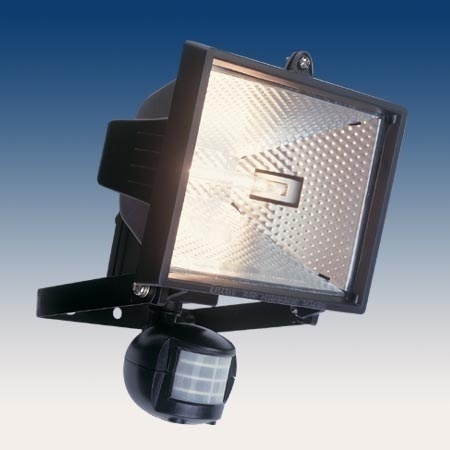What is the Size of a CD Tray?
A CD tray is designed to serve as an optical disc packaging.  This semi-rigid or rigid casing aims to protect compact discs from scratches as well as other kinds of damages due to exposure. It comes in various forms including the original jewel case, the space-saving slim-line jewel case and many more. Besides these interesting facts, it is also good to find out the size of a CD tray.
This semi-rigid or rigid casing aims to protect compact discs from scratches as well as other kinds of damages due to exposure. It comes in various forms including the original jewel case, the space-saving slim-line jewel case and many more. Besides these interesting facts, it is also good to find out the size of a CD tray.
The Size of a CD Tray
What is the size of a CD tray? The very first form of a CD tray is called the jewel case, which was initially released in 1982. Primarily a three-piece casing made up of plastic, it measures 5.59 inches by 4.92 inches by 0.39 inch or 142 millimeters by 125 millimeters by 10 millimeters. Usually, a CD enclosed in this case comes with a back card and liner notes.
Aside from this particular type of CD tray, there is also the slim-line jewel case, which is known as a space saver. Upon its release, it instantly gained popularity in places such as Europe and Japan. It measures 5.59 inches by 4.92 inches by 0.2 inch or 142 millimeters by 125 millimeters by 5 millimeters, which is actually only half the thickness of the original jewel case.
Additional Facts and Other Interesting Details
After the success of these two first CD trays, other convenient types of casings soon followed like the snap case, the keep case as well as the LP-style case. The distinguishing characteristic of the Swedish packaging concept called JakeBox is the folded claw. Meanwhile, UK manufacturer wewow Ltd. developed an eco-friendly packaging concept referred to as the WowWallet. Another notable casing is the Discbox Slider, which is made from 100 percent carton board designed for both DVDs and CDs.
For the CD case called digipak, a CD tray made up of plastic is attached to the inner part of a cover made from a folding cardboard. In the middle part of the 1990s, Queens Group Inc. came up with the CD jewel case alternative referred to as the Q Pack, which is known for its corrugated raised area.
The least expensive CD tray is called the Tyvek sleeve, which is actually made from paper. The primary reason behind the development of such inexpensive alternative is simply to reduce costs. Universal Music developed a recyclable CD tray named the Eco Pack in 2006, which became the very first completely recyclable case made out of paper.
In addition to these standard CD trays, a Danish company called Scanavo developed a special container called the SteelBook Case. This special casing was used to release highly successful motion pictures like “The Dark Knight,” “The Day After Tomorrow” as well as “Fight Club.”





